Science
Mysteries Of Bennu: Dusty Samples From The Solar System’s Most Dangerous Rock Arrive On Earth
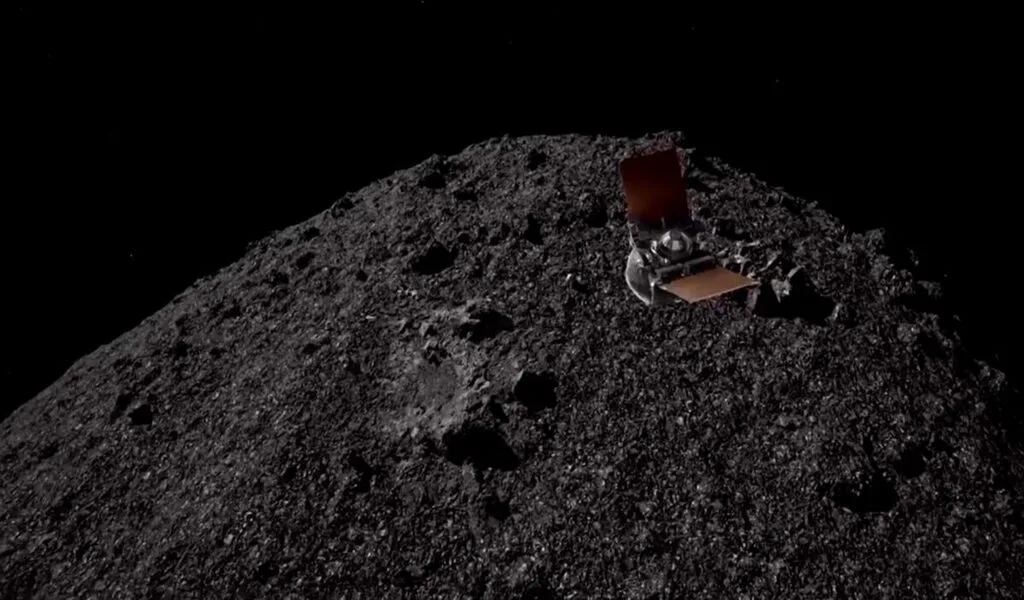
(CTN NEWS) – In a momentous achievement that has left scientists and space enthusiasts alike rejoicing, NASA recently succeeded in bringing back pristine samples from the surface of asteroid Bennu.
This remarkable feat was accomplished by the Osiris-Rex spacecraft, which embarked on its mission to collect these samples in 2020.
The significance of this endeavor cannot be overstated, as the retrieved samples are expected to yield invaluable insights into several critical aspects of our understanding of the universe, including the potential threat posed by Bennu, the formation of the Solar System, and perhaps even the origins of life on Earth.
Bennu’s Extraordinary Story
Asteroid Bennu, often referred to as the “most dangerous known rock in the Solar System,” has captured the attention of scientists and astronomers due to its unique characteristics.
This mountainous object, roughly the size of a car, has been a subject of intense scrutiny for several reasons.
First and foremost, Bennu has been classified as a Near-Earth Object (NEO), which means it has a trajectory that brings it into close proximity to our planet.
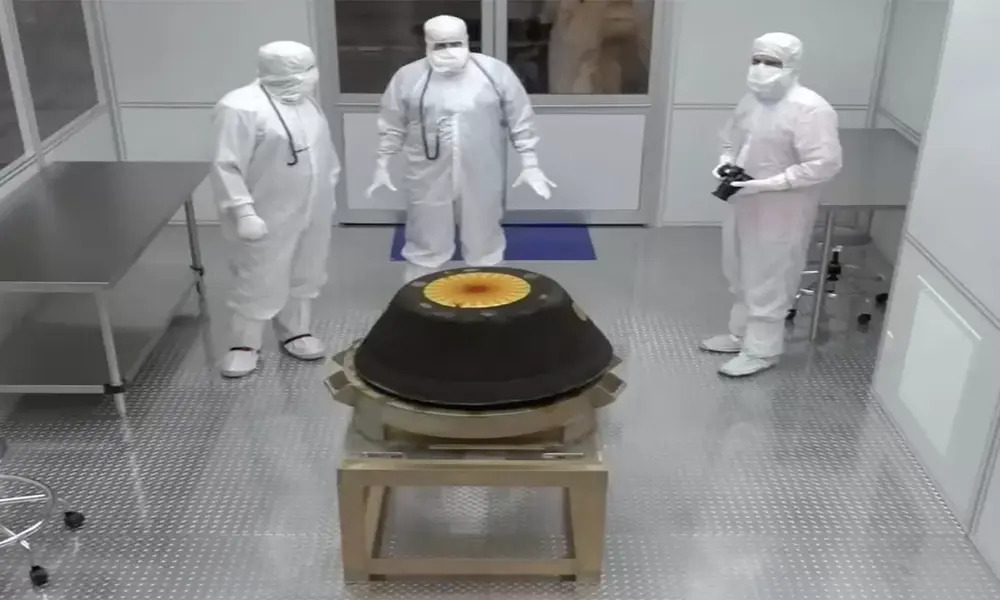
While the likelihood of a catastrophic collision with Earth is considered minimal, the fact that such an event is not entirely out of the realm of possibility has prompted NASA’s interest.
Understanding Bennu’s orbital dynamics and composition is crucial for assessing any potential threat it may pose in the next 300 years.
Beyond the potential danger, Bennu offers a tantalizing opportunity to peer back in time. This asteroid is thought to be a relic from the early days of our Solar System, with a history that spans billions of years.
As such, it has the potential to provide a wealth of information about the conditions and processes that led to the formation of celestial bodies within our cosmic neighborhood.
The Return of Osiris-Rex
The triumphant return of Osiris-Rex and its precious cargo was a momentous occasion for NASA and the scientific community at large.
After a meticulous journey through space, the spacecraft’s capsule made its descent to Earth’s surface, ultimately landing in the West Desert of Utah state.
The capsule’s reentry into Earth’s atmosphere was a heart-pounding affair, reaching speeds of more than 12 kilometers per second (27,000 miles per hour).
A carefully designed heat shield and parachutes played a crucial role in slowing the descent, ensuring the safe arrival of the samples.
The moment the Osiris-Rex team caught sight of the capsule on long-range cameras was met with jubilation and relief. The successful recovery mission marked a significant milestone in the quest for scientific discovery and understanding.
The capsule, though seemingly small in size, carried a treasure trove of material that promises to unlock the secrets of our Solar System’s past.
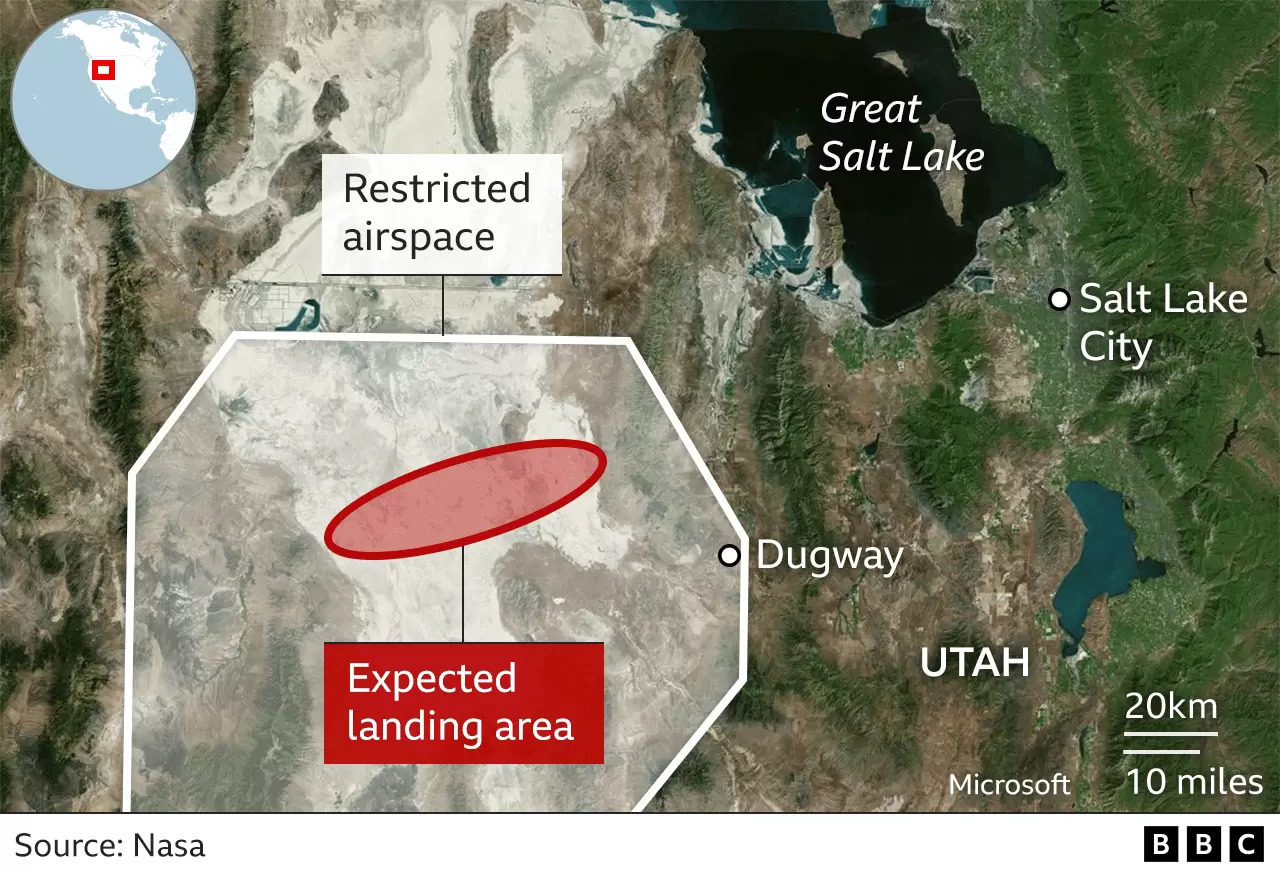
The Science Behind the Samples
The samples retrieved from Bennu are not just ordinary space debris; they are pristine remnants from the distant past. Scientists anticipate that these samples will shed light on a myriad of cosmic mysteries.
One of the most exciting aspects of this mission is the potential to study the atoms that make up the crystals within these rocks. This level of detail allows scientists to explore the very building blocks of our universe.
Professor Dante Lauretta, the principal investigator of Osiris-Rex, emphasized the significance of these materials, noting that, “When you’re working at that scale, a single stone is an infinite landscape to explore.
We’ll be working on these materials for decades and decades into the future.” This long-term commitment to studying the samples underscores their immense value to our understanding of the cosmos.
The Importance of Cleanliness
Maintaining the pristine nature of the samples is of paramount importance. The materials collected from Bennu are expected to contain carbon compounds that may have played a role in the formation of life on Earth.
To prevent contamination and ensure the integrity of these precious samples, strict cleanliness protocols were adhered to throughout the recovery process.
Cleanliness was rigorously maintained as recovery teams quickly transported the capsule to a temporary clean room at the Dugway army base. This controlled environment, shielded from Earth’s atmosphere, minimizes the risk of contamination.
Inside this pristine setting, the capsule will be disassembled, with its heat shield and back cover removed while keeping the sample secure within an inner canister.
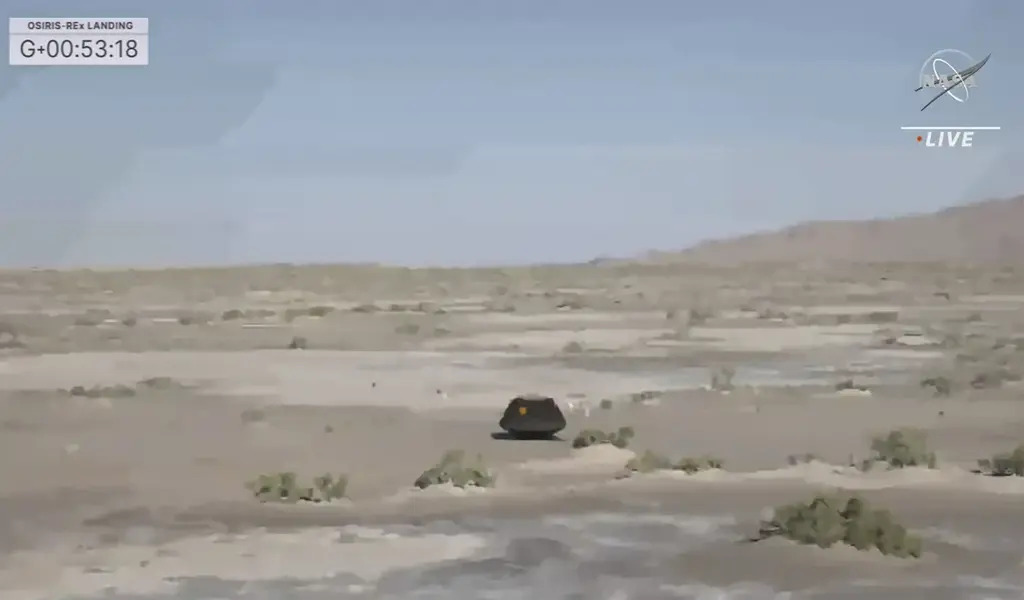
The Scientific Expectations
What can we expect to learn from these dusty remnants of the Solar System’s past? Dr. Ashley King, a UK scientist who will be part of the initial assessment team, shared his insights.
He anticipates that the samples will consist of rocky material with a soft and fragile texture. These materials are expected to contain clay minerals, which are silicate minerals known to harbor water within their structure.
Additionally, carbon-rich components are expected, including carbonate minerals, chondrules, and calcium-aluminum inclusions—some of the earliest solid materials to form in our Solar System.
NASA has planned a press conference for October 11th to provide the first insights into what has been returned from Bennu.
Small specimens will be distributed to research teams around the world, with the hope of reporting findings across a wide range of studies within two years. However, the mission’s legacy extends far beyond this immediate timeframe.
Lori Glaze, NASA’s director of planetary science, emphasized the enduring significance of the mission, stating,
“One of the most important parts of a sample-return mission is we take 75% of that sample and we’re going to lock it away for future generations, for people who haven’t even been born yet to work in laboratories that don’t exist today, using instrumentation we haven’t even thought of yet.”
The potential for future generations to uncover even more profound revelations about our cosmic origins underscores the lasting impact of this extraordinary mission.
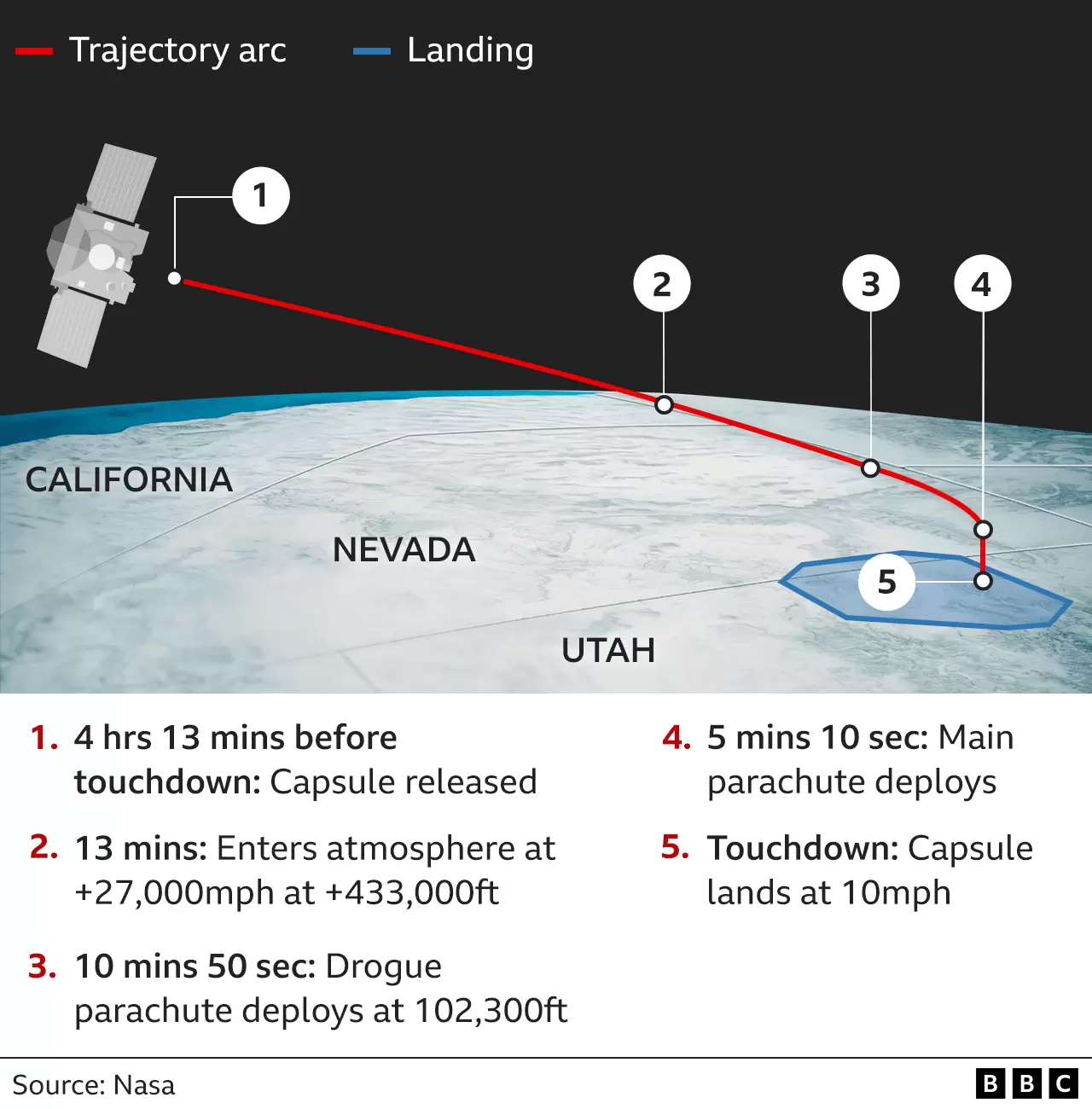
Conclusion
The return of samples from asteroid Bennu represents a triumph of human ingenuity and scientific exploration.
These dusty remnants of the “most dangerous known rock in the Solar System” have the potential to unlock the mysteries of our cosmic origins, help us understand the threats posed by celestial neighbors, and offer insights into the origins of life on Earth.
The meticulous planning, execution, and commitment to maintaining the samples’ pristine nature exemplify the dedication of scientists and researchers to expanding our understanding of the universe.
As we eagerly await the revelations that will emerge from the study of these samples, we can marvel at the remarkable journey that brought them safely back to our planet, ensuring that the quest for knowledge continues to reach new frontiers.
RELATED CTN NEWS:
Super Blue Moon Set To Enchant Sky Gazers On August 31 – Where To Watch It?
Saturn’s Ethereal Presence: James Webb Space Telescope Captures Enchanting Image
What is Cryptography? – How algorithms keep data private and secure

Science
NASA Switches Off Instrument On Voyager 2 Spacecraft To Save Power
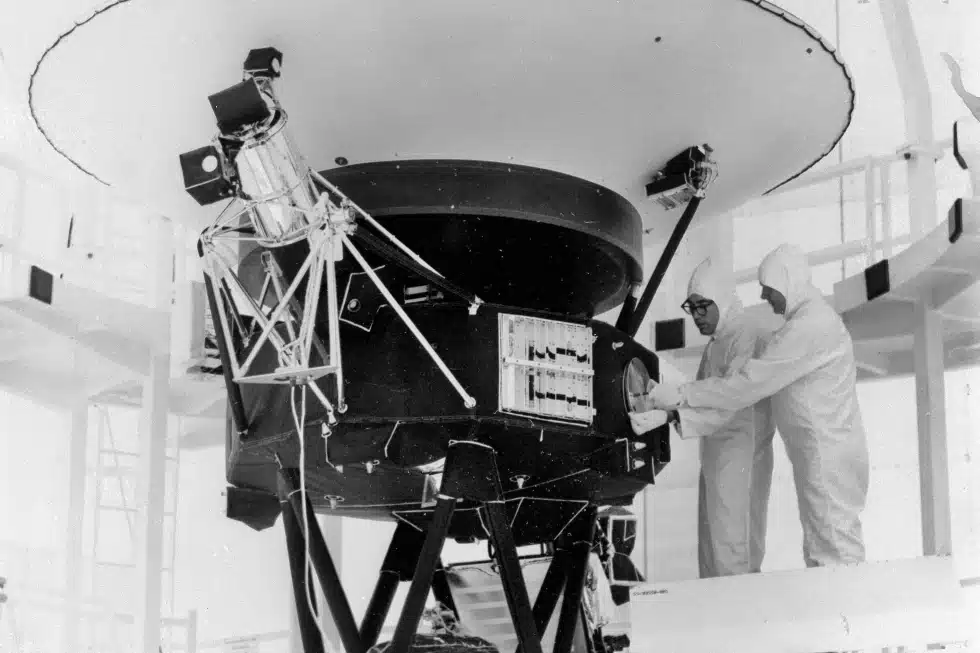
NEW YORK — To save power, NASA turned off another scientific equipment on its long-running Voyager 2 spacecraft.
NASA Switches Off Instrument On the Spacecraft To Save Power
The space agency announced on Tuesday that 2’s plasma science instrument, meant to study the movement of charged atoms, was turned off in late September to allow the spacecraft to continue exploring for as long as possible, which is estimated to be into the 2030s.
NASA turned off a suite of instruments on Voyager 2 and its twin, Voyager 1, after exploring the gas giant planets in the 1980s. Both are currently in interstellar space or the region between stars. The plasma instrument on Voyager 1 stopped working years ago and was finally shut off in 2007.
The remaining four instruments on 2 will continue to collect data on magnetic fields and particles. Its mission is to investigate the regions of space beyond the sun’s protective sphere.
NASA Switches Off Instrument On Voyager 2 Spacecraft To Save Power
It launched in 1977, is the only spacecraft to have visited Uranus and Neptune. It is now more than 12 billion miles (19.31 billion kilometers) from Earth. 1 is more than 15 billion miles (24.14 billion kilometers) beyond Earth.
SOURCE | AP
Science
Hurricane Kirk Could Cause Dangerous Surf Conditions Along The US East Coast
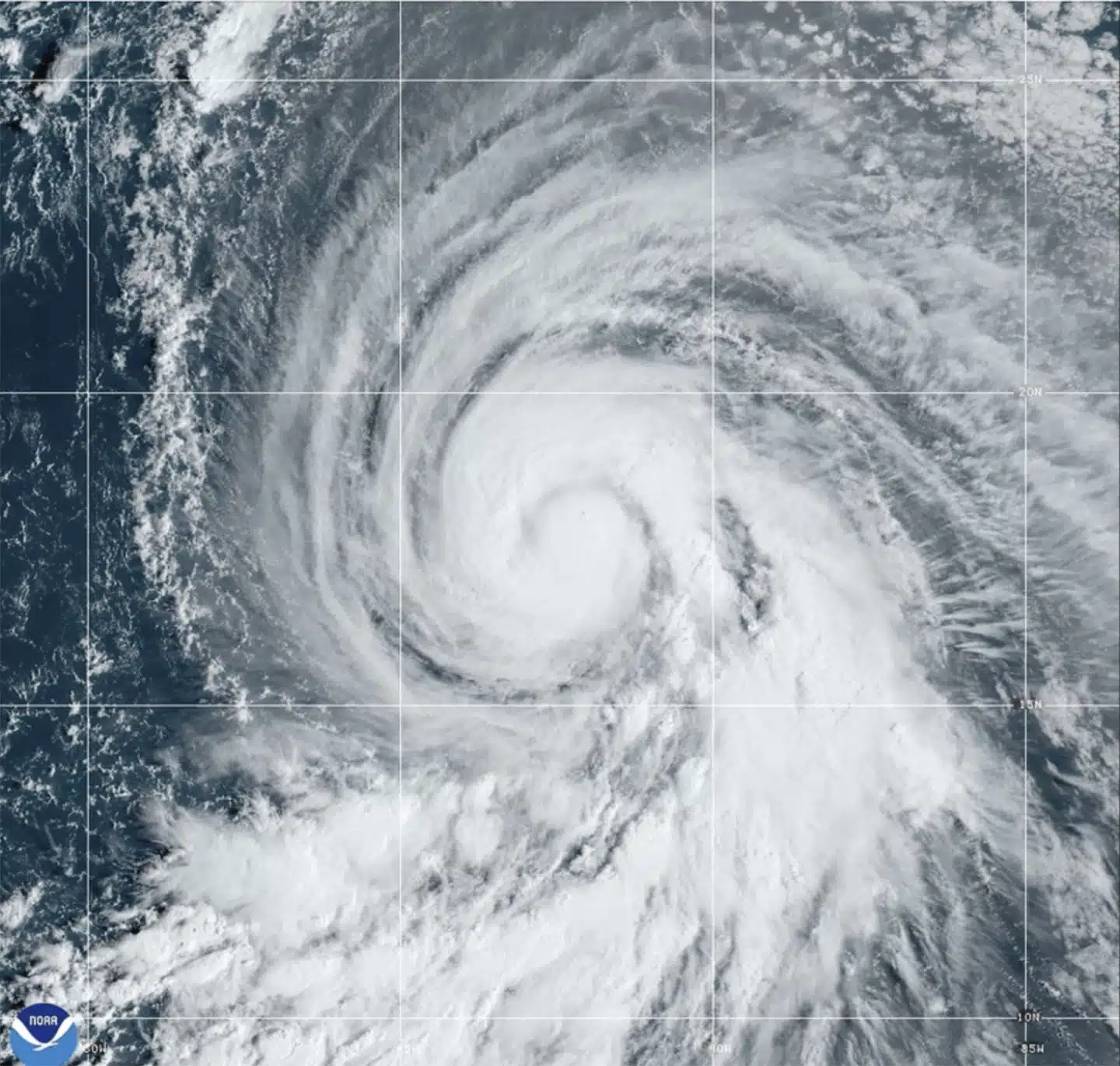
MIAMI — Hurricane Kirk’s waves could generate life-threatening surf and rip current conditions this weekend throughout the United States East Coast, as well as in Bermuda, the Greater Antilles, and the Bahamas, according to forecasters.
Kirk was a Category 3 hurricane in the middle Atlantic Ocean that might grow further but was predicted to stay away from land, according to the Miami-based National Hurricane Center on Thursday.
Hurricane Kirk Could Cause Dangerous Surf Conditions Along The US East Coast
Kirk-generated swells were forecast to reach parts of the Leeward Islands on Friday, Bermuda and the Greater Antilles on Saturday, and the East Coast and the Bahamas on Sunday, according to the center.
No coastal watches or warnings were in effect. The major storm was around 1,130 miles (1,820 kilometers) east of the Leeward Islands, with maximum sustained winds of 125 mph (205 km/h).
Meanwhile, Tropical Storm Leslie formed late Wednesday in the eastern Atlantic and is expected to strengthen into a hurricane in the following days, forecasters said. It was also not considered a threat to the land.
Hurricane Kirk Could Cause Dangerous Surf Conditions Along The US East Coast
The storm was about 540 miles (870 kilometers) southwest of Cabo Verde’s southernmost tip, with maximum sustained winds of 45 mph (75 kph), according to the center.
The storms raged in the Atlantic as rescuers in the United States Southeast sought for missing persons after Hurricane Helene struck last week, leaving a trail of death and devastation.
SOURCE | AP
Science
Giant Fossilised Footprint Of Dinosaur Found in China
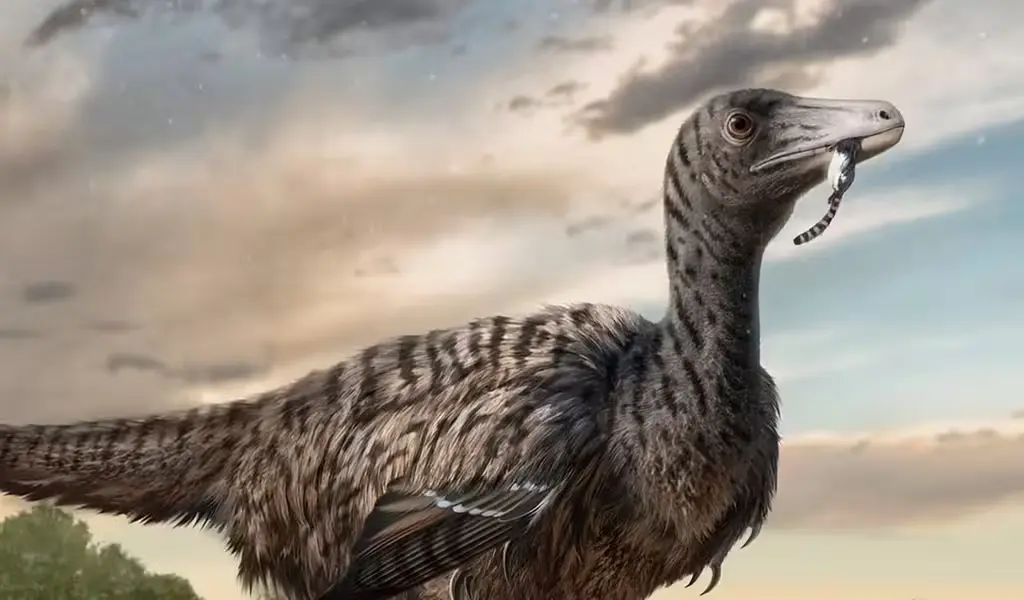
(CTN News) – A team of palaeontologists believes they have discovered fossilized footprints of one of China’s largest raptors. The collection of five fossilized dinosaur footprints is half the length of a school bus.
The footprints were discovered in a dinosaur trackway in south-east China in 2020. Scientists believe dinosaurs walked over the muddy river during the Cretaceous period, leaving footprints. Some footprints have been preserved for tens of millions of years.
The dinosaur trackway was unearthed in Longxiang and is around the size of a hockey rink. Some of the footprints are unusually formed, with intact imprints of only two toes.
Fossilised footprint of megaraptor found in China

Giant fossil footprints lead to megaraptor dinosaur discovery in China
Raptors, or predatory birds, are often small and referred to as deinonychosaurs. For example, a Velociraptor is around the size of a turkey. Few raptors, such as the Utahraptor and Dakotaraptor, increased in size significantly, reaching lengths of 5 to 6 metres. The Triassic ichthyosaur was the largest raptor known until now.
According to the scientists, the predator would have attacked its prey with a pair of huge “killing claws” on each foot.
What scientists discovered recently in China is massive, far larger than the largest superpredator known to date.
Scott Persons of the College of Charleston in South Carolina, and his colleagues, added another large raptor to the list. They named it Fujianipus, and they believe it lived in East Asia some 96 million years ago.
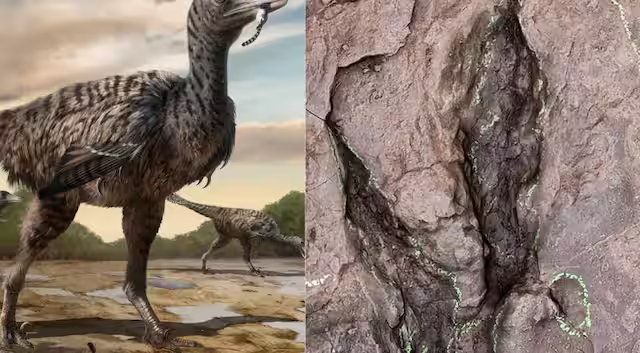
Scott Persons at the College of Charleston in South Carolina and his colleagues added another giant raptor to the list. They named it Fujianipus, and they say it lived in East Asia about 96 million years ago. Photograph:(Twitter)
Persons and his colleagues are currently working on areas of Fujianipus’ skeleton, therefore little is known. The investigators only discovered a few of its 36-centimetre-long imprints.
“Preservation conditions were right for footprints but not so great for bones,” Persons said. However, scientists are certain that the footprints belong to a raptor because each one contains the imprint of only two toes, which corresponds to the foot anatomy of raptors. Raptors generally have three toes, but they keep one off the ground to preserve the big claw at the tip from wear and tear.
People believe Fujianipus demonstrates that raptors had the ability to grow much larger and compete with the largest predatory dinosaurs on the landscape at the time – allosauroids, some of which exceeded 10 metres or more in length.
According to Persons, raptors had an advantage over allosauroids in terms of speed. However, without fossilized leg bones, the researchers cannot correctly measure Fujianipus’ speed.
-

 News4 years ago
News4 years agoLet’s Know About Ultra High Net Worth Individual
-
Entertainment2 years ago
Mabelle Prior: The Voice of Hope, Resilience, and Diversity Inspiring Generations
-
News11 years ago
Enviromental Groups Tell Mekong Leaders Lao Dam Evaluation Process Flawed
-

 Health4 years ago
Health4 years agoHow Much Ivermectin Should You Take?
-

 Tech3 years ago
Tech3 years agoTop Forex Brokers of 2023: Reviews and Analysis for Successful Trading
-

 Lifestyles3 years ago
Lifestyles3 years agoAries Soulmate Signs
-

 Entertainment3 years ago
Entertainment3 years agoWhat Should I Do If Disney Plus Keeps Logging Me Out of TV?
-

 Health3 years ago
Health3 years agoCan I Buy Ivermectin Without A Prescription in the USA?
